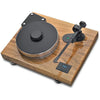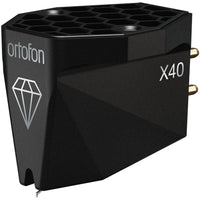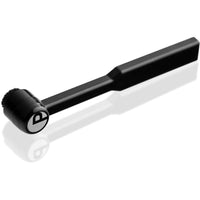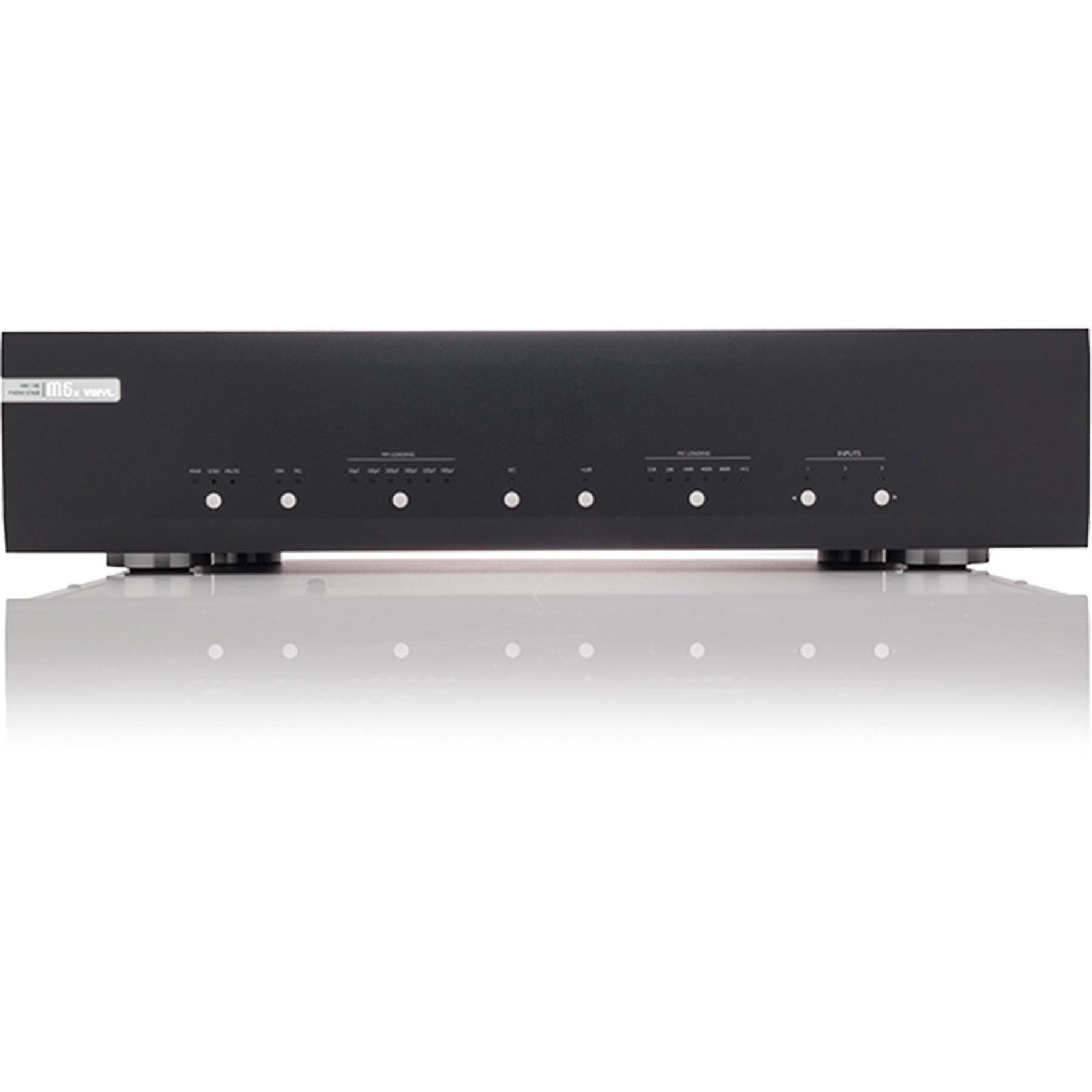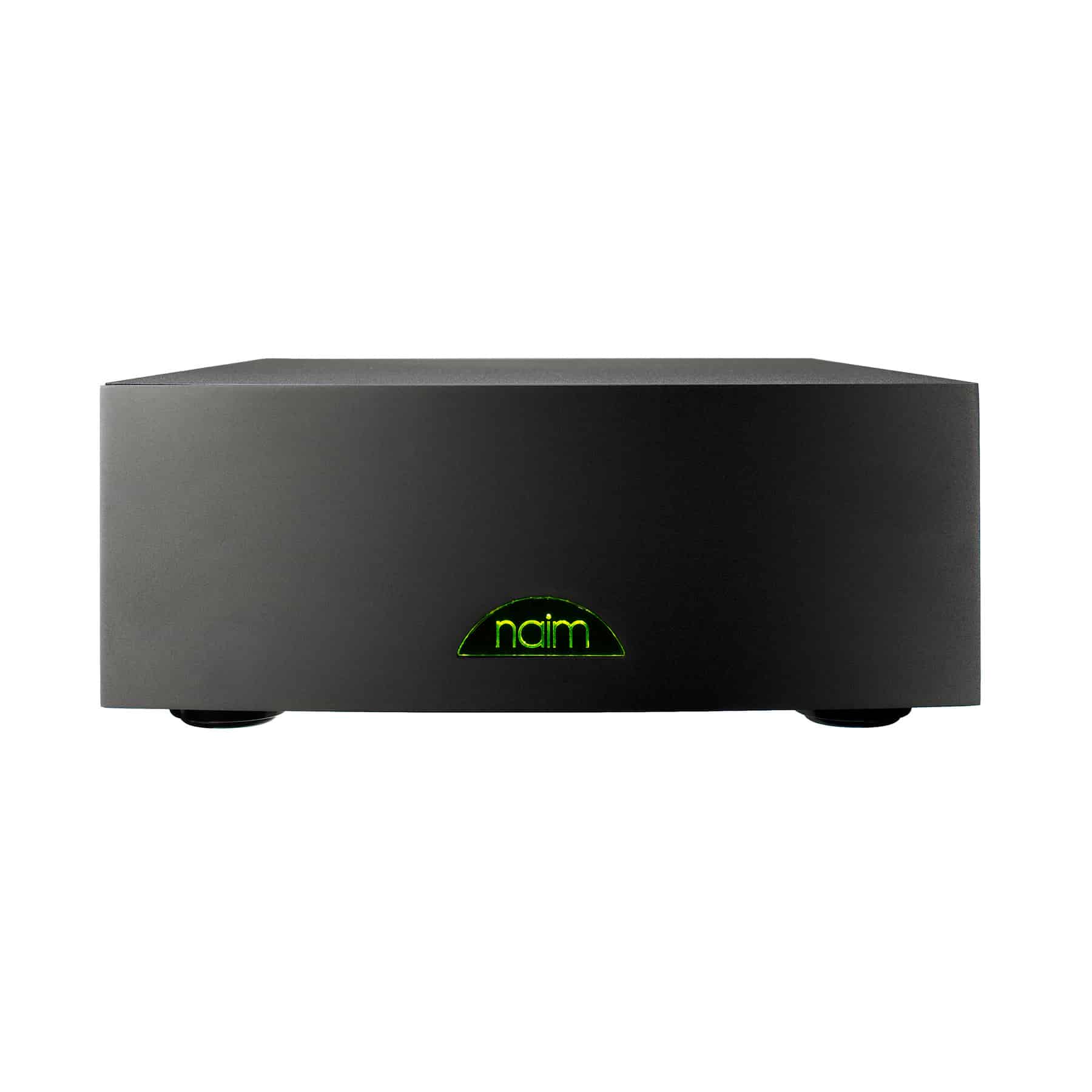RIAA forstærkeren – vejen til bedre lyd
For overhovedet at kunne afspille en plade og få musikken ud i højttalerne, skal man have en forforstærker der, i denne sammenhæng, kaldes en RIAA forstærker. RIAA-forstærkeren har to vigtige funktioner: den forstærker det meget svage signal, der kommer fra pladespillerens pickup, og den korrigere frekvenskurven for at genskabe den originale lyd fra pladens optagelse.
Under skæringen af en plade, er det nødvendigt at sænke bassen og hæve diskanten, da det hjælper med at forhindre, at pickuppen hopper ud af rillen og reducere støj og sus i lydoptagelsen. Desværre betyder det også, at lydkurven skal genoprettes, inden den kan afspilles med optimal lydkvalitet. Det er her, at RIAA-forstærkeren kommer ind i billedet - ved at korrigere frekvenskurven og forstærke signalet, kan du få den afbalancerede og naturlige lyd, som pladespilleren er kendt for.
MM-RIAA eller MC-RIAA
Mange forstærkere har en indbygget RIAA, og sådan en indgang hedder typisk ”phono”. Har du ikke en indbygget RIAA i forstærkeren, kan den købes separat og tilsluttes en almindelig linie-indgang på forstærkeren f.eks CD, AUX, TUNER.
En udemærket MM-RIAA, kan erhverves for ca. 1000 kr., hvorimod en MC-RIAA koster en del mere og fungerer på samme måde, bortset fra dens endnu kraftigere forstærkning. Det skyldes, at en MC-pickup typisk har et langt svagere udgangssignal at sende ind i RIAA delen, og derfor kræver signalet en kraftigere forstærkning.
Hvilken RIAA-forstærker skal jeg vælge?
Hos Lydspecialisten fører vi kun de bedste RIAA-forstærkere i enhver prisklasse. Kontakt os fysisk eller online for at få råd og vejledning i, hvilen RIAA-forstærker, der passer til lige præcist dit behov og system. Kontakt os her.











